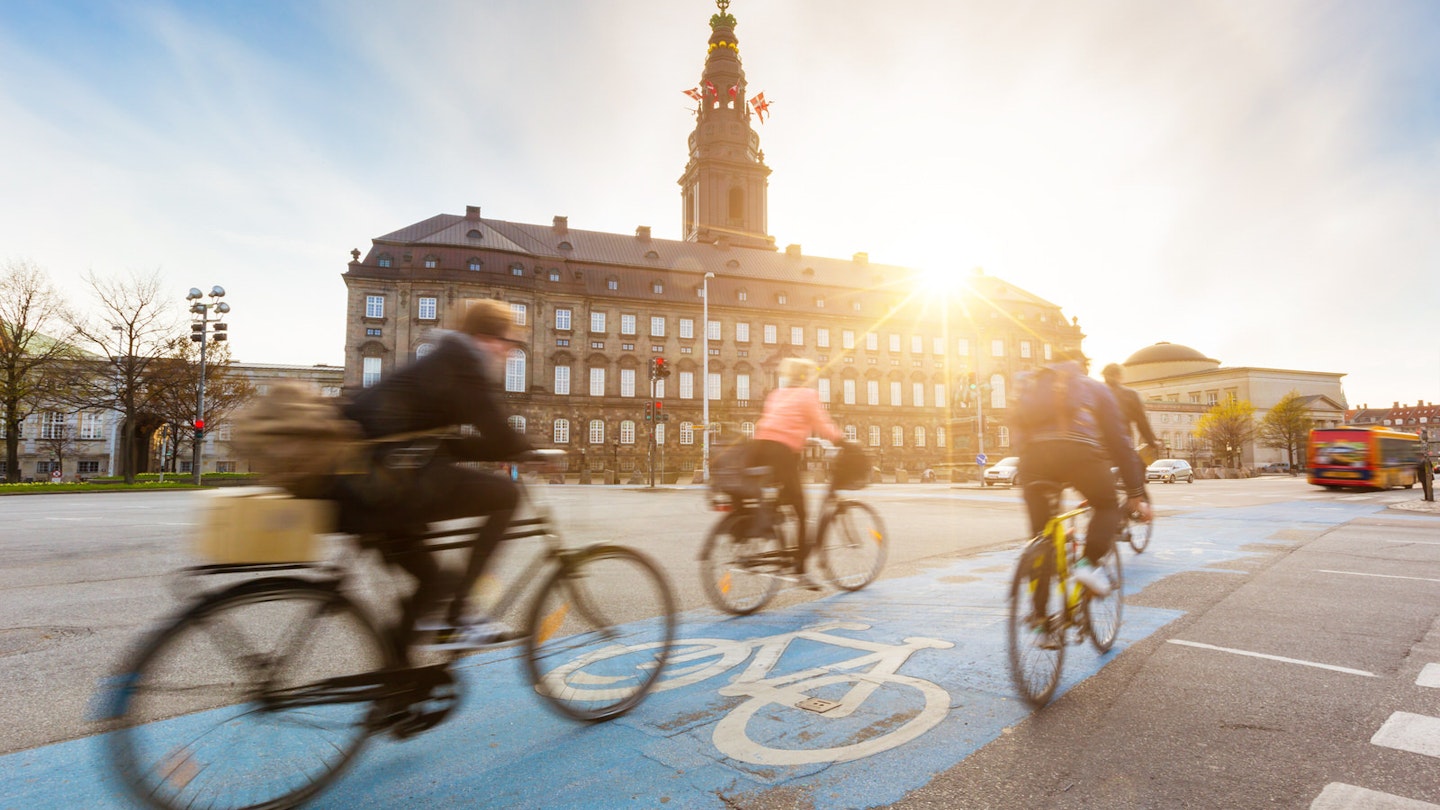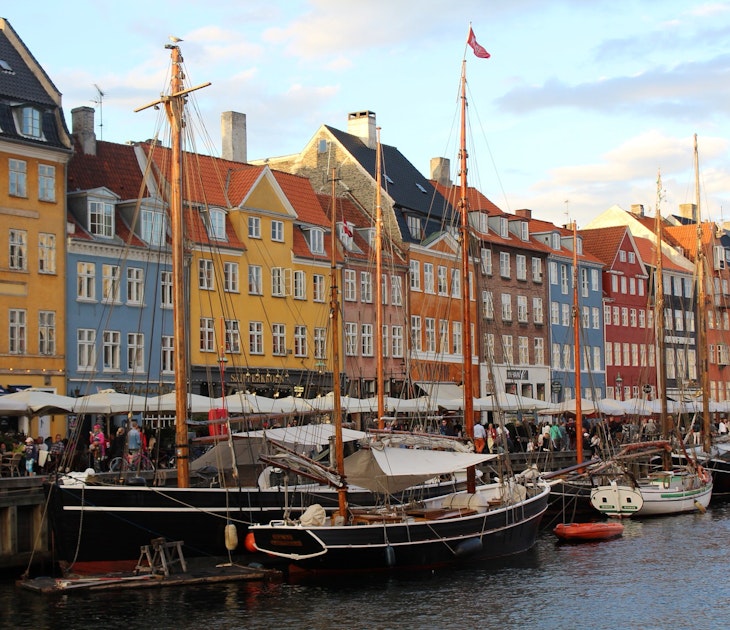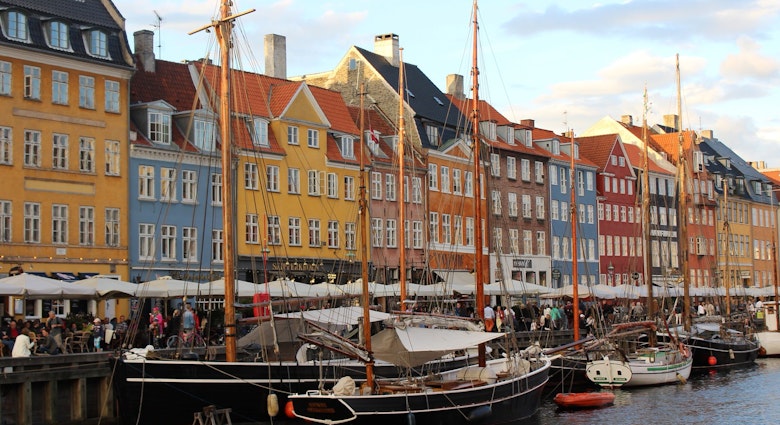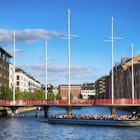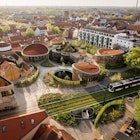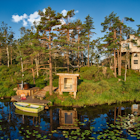Surprising, artistic, experimental and cosmopolitan, the Danish capital overflows with cafes, culture and history. Here are 10 reasons to love the city.

Bicycles rule
It’s hardly surprising that the city is often cited as the world’s most bike-friendly city. With cycle lanes and flat streets, the appeal is obvious, but the real joy of cycling here is the sheer variety of bikes on the streets. Locals treat their bikes as an expression of their personalities: some weld trunks onto the front of their bikes to make a makeshift seat for passengers, while others transform their machines into delivery carts or mobile prams. Try Rent A Bike or Bycyklen, the city’s bike scheme. The latter's electric ‘city bikes’ can be rented and returned from stations throughout the city by entering credit card details into the built-in tablet (which is also GPS-enabled).
The Danes know how to play
In contrast to the commercial clutter of most theme parks, Tivoli Gardens has clung on to much of its 19th-century atmosphere. Alongside the modern rides and elegant restaurants, the gardens are dotted with antique dodgems, vintage Ferris wheels and twirling merry-go-rounds. The pagoda-style Pantomime Theatre, built in 1874, stages ballets and Pierrot pantomimes, while oompah bands serenade visitors from beneath the willow trees, and Chinese lanterns twinkle in the branches overhead.
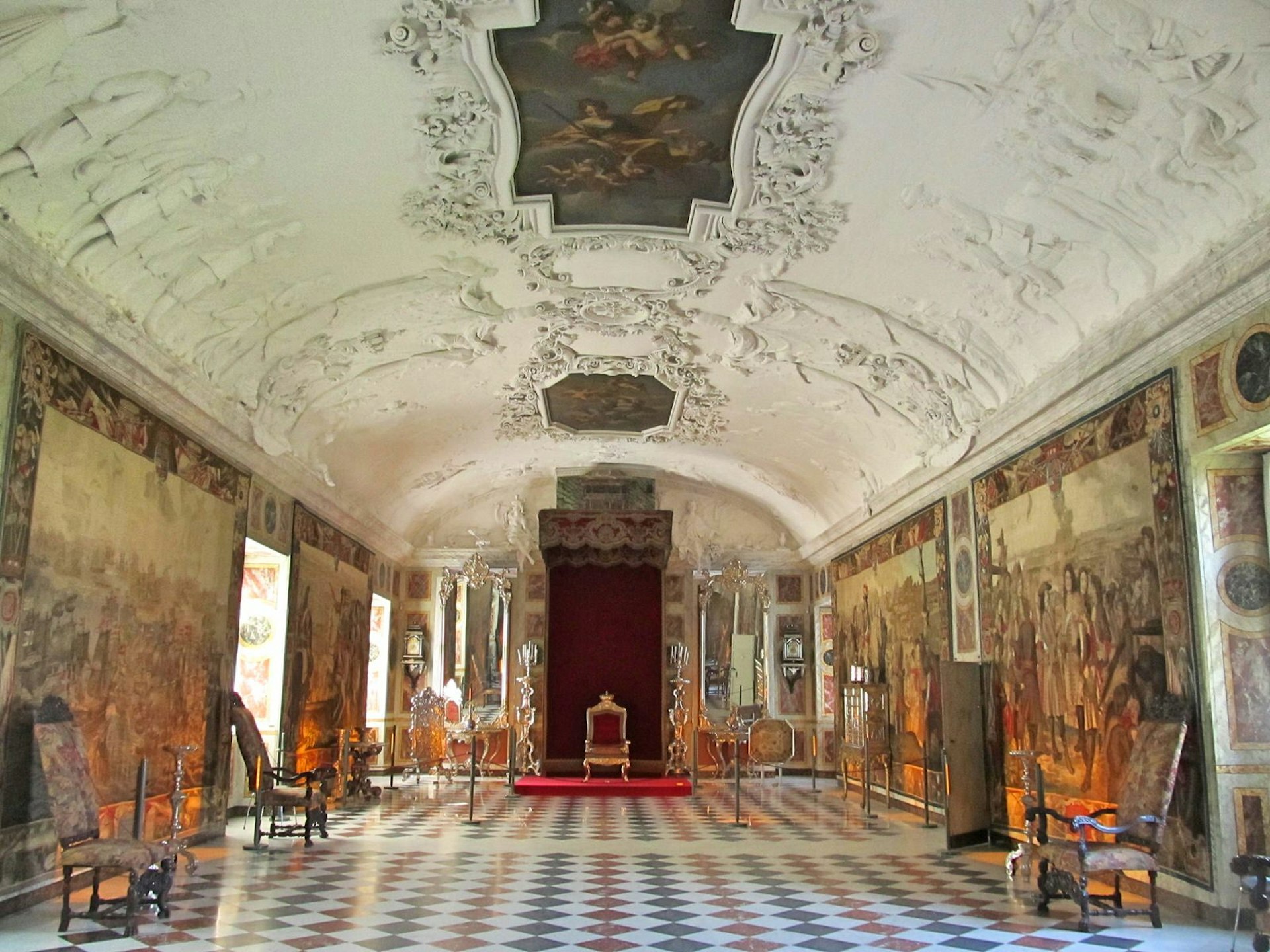
History comes alive
Copenhagen is over 850 years old! Strolling iconic Nyhavn harbour, and wandering the quaint cobblestone streets and picturesque courtyards is like a trip back in time. The city has a rich history filled with fascinating figures like writer Hans Christian Andersen, philosopher Søren Kirkegaard and the oldest monarchy in Europe. There are plenty of opportunities to walk in the footsteps of royalty: explore 17th-century Rosenborg Castle, discover the role of the monarchy today at the Royal Reception Rooms of Christiansborg Palace, and enjoy the Changing of the Guard at the Royal residence of Amalienborg.
Food is a performance
Copenhagen’s gastronomic reputation has undergone a renaissance over the last decade, with New Nordic cuisine bursting onto the world stage. Spearheading the movement was chef Rene Redzepi of the famed restaurant Noma, four times named the world's best restaurant. Noma is having a renaissance of its own, closing up shop and moving to a new location in early 2018. This new iteration showcases Nordic products at their best, in three acts: the spring seafood season, summer vegetable season, and the fall/winter forest and game season. Noma is not the only place to experience the New Nordic revolution: restaurants Kadeau, Amass and Høst are among those serving this innovative cuisine to great acclaim.

The city lives for pastry
Copenhagen’s bakeries are piled high with pastries, but ask for a Danish and you’ll more than likely get a funny look. They’re known as wienerbrød in Denmark, a reminder that the nation’s most famous pastries were originally invented by Viennese chefs during a nationwide strike by Danish bakers in the mid-1850s. A century-and-a-half later, and the wienerbrød is still the sticky treat of choice for Copenhageners. Some of the city’s best are found at Sankt Peders Bageri, Copenhagen’s oldest bakery, dating to 1652. Known for their cinnamon rolls, you'll see queues forming on Wednesdays when they sell around 4000 of their special onsdagssnegle (Wednesday cinnamon rolls).
Designed for life
Design in Denmark is both a way of life and a passion that teeters close to an obsession. Nowhere is this more obvious than at Copenhagen’s interior design store Illums Bolighus. The historic shop is like an art gallery: every item, from lamps to coffee tables, is displayed with the precision of a museum exhibit. If you’ve never fallen in love with a coat hanger or a piece of cutlery, you’ve clearly never been shopping at Illums Bolighus.
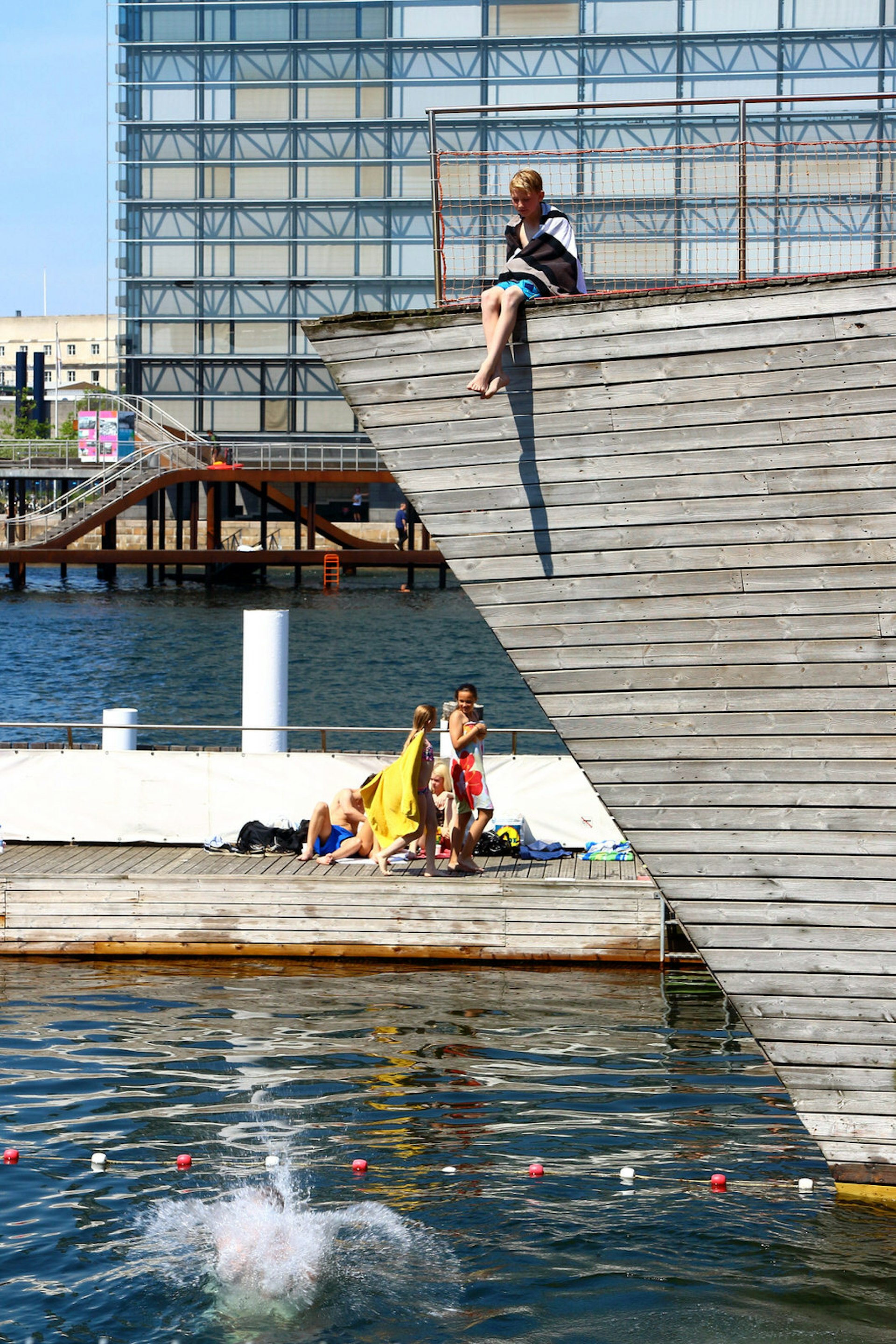
In the swim
Copenhageners don’t have to travel too far for a dip. Just south of the centre is the Islands Brygge Havnebadet, one of two outdoor swimming pools in Copenhagen. It’s a glorious place to experience an authentically Scandinavian swim in the sea; situated on the city’s harbour, the pool’s streamlined design has won architectural awards, and in summer the water temperature rarely falls below 20˚C.
Hygge: the Danish way
Falling somewhere between cosy, friendly and chilled out, hygge is a word that’s difficult to translate. The best way to get your head around hygge is to see it in action. Copenhagen’s harbour district, Nyhavn, makes an ideal place to start. On sunny days, Copenhageners can be seen sprawling along the waterfront, sharing snacks at one of the bistros on the cobbled quayside. As dusk falls, they huddle together under patio heaters to escape the chill evening air, or duck into basement bars, with quintessentially hyggelig combinations of low ceilings, tightly-packed tables and crackling fires.

Smørrebrød
Sliced rye bread (rugbrød) topped with cold meats, pickled or fried fish, shrimp, pate and more – this open-faced sandwich known as smørrebrød has been a lunchtime staple for the Danish for as long as anyone cares to remember. For a taste of traditional smørrebrød, head to Ida Davidsen, a Copenhagen institution since 1888. It retains a reassuringly old-world feel: diners cram into wooden booths lit by candles, while aproned waiters carry gleaming plates laden with sandwiches. In recent years, a new breed of cafe has sprung up, championing a modern twist on this traditional dish. One of the best is Aamanns, where you can pick up bento-style boxes if you’re in a hurry. Now that’s progress.
A little Venice
Copenhagen looks its best from the water. The city is criss-crossed by a network of canals, and though the clippers and tall ships have long since sailed into the sunset, the waterways are still an integral part of the city’s character. In the well-heeled canal quarter of Christianshavn, yachts, barges and houseboats jostle for space along the granite quays, while cruise-boats laden with sightseers putter past the elegant shuttered townhouses. As the afternoon light fades, the terraces of waterside restaurants such as Restaurant Kanalen fill up with evening diners, while buskers serenade them with traditional Danish folk songs.
Make the most of your travel with sightseeing tours and activities from our trusted partners.
https://shop.lonelyplanet.com/products/pocket-copenhagen-4
